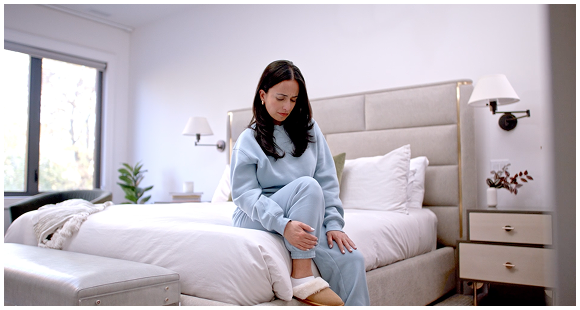XLH affects every child differently
Symptoms of X-linked hypophosphatemia can appear at any age and can worsen or change over time. Symptoms affect children and adults differently.
Children with XLH often experience bowed legs or knock knees
One of the first signs of XLH is a weakening of growing bones. This is called rickets. This typically appears as bowed legs or knock knees when a child begins to walk and put weight on their legs. As XLH progresses, bone weakening can lead to additional signs and symptoms, including bone and joint pain as well as short stature.
“Her legs were very bowed, and I knew
something wasn’t right.” Emily and her daughter Isla, both living with XLH

Understanding XLH:
Watch a patient
and parent share her XLH story
Watch a patient
and parent share her XLH story

 Français
Français











